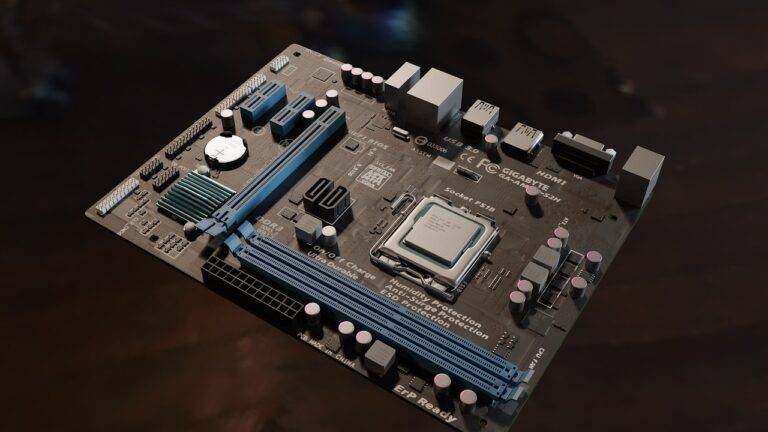Tech Solutions for Sustainable Urban Agriculture and Vertical Farming
Urban agriculture faces several hurdles that impede its widespread success. One significant challenge is the limited availability of arable land in densely populated cities. With urban areas expanding rapidly, the competition for usable space poses a barrier to establishing productive farming practices. Additionally, soil quality in urban environments can be compromised due to pollution and contaminants, making it difficult to cultivate crops safely and efficiently.
Another obstacle in urban agriculture is the issue of land tenure and access. Many city dwellers lack secure land rights or face prohibitive costs in leasing or purchasing land for agricultural purposes. This insecurity hinders long-term planning and investment in urban farming initiatives, limiting the potential for sustainable practices to take root. Without assurances of land tenure, urban farmers may struggle to establish their operations and face uncertain futures in an already challenging environment.
Advantages of Vertical Farming
Vertical farming offers a plethora of benefits that make it an attractive solution to the challenges faced in traditional agricultural practices. By utilizing vertical space, this innovative approach allows for more crops to be grown in a smaller footprint. This is particularly beneficial in urban areas where arable land is limited, enabling food production to occur closer to where it is consumed.
Another advantage of vertical farming is the ability to control and optimize environmental conditions. With the use of advanced technology such as LED lighting and hydroponic systems, farmers can manipulate factors like temperature, humidity, and nutrient levels to create the ideal growing conditions for various crops. This not only increases the efficiency of crop production but also minimizes the reliance on pesticides and herbicides, making vertical farming a more sustainable and environmentally friendly option.
Automation in Agriculture
Automation in agriculture has revolutionized the way farming operations are carried out. With the help of advanced technologies such as drones and autonomous vehicles, tasks like planting, spraying pesticides, and harvesting can be efficiently managed. These technologies not only increase productivity but also reduce the labor-intensive nature of traditional farming methods.
In addition to field operations, automation has also extended to monitoring and managing crops in real-time. Sensors and data analytics help farmers gather information on soil health, moisture levels, and crop conditions. By utilizing these insights, farmers can make informed decisions to optimize resource usage and maximize yields.
What are some challenges in urban agriculture?
Some challenges in urban agriculture include limited space, soil contamination, and access to resources like water and sunlight.
What are the advantages of vertical farming?
Some advantages of vertical farming include higher crop yields, reduced water usage, and the ability to grow crops in urban areas where land is limited.
How does automation play a role in agriculture?
Automation in agriculture involves the use of technology like drones, sensors, and robotics to streamline processes such as planting, irrigation, and harvesting, leading to increased efficiency and productivity.





